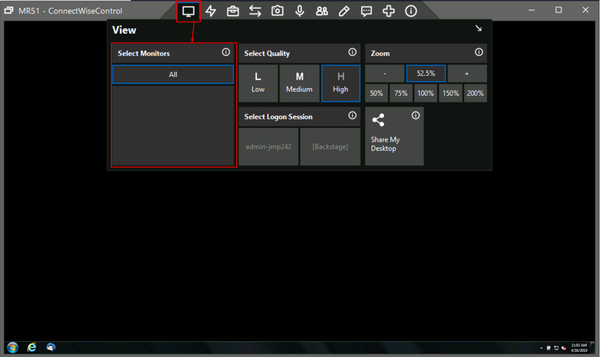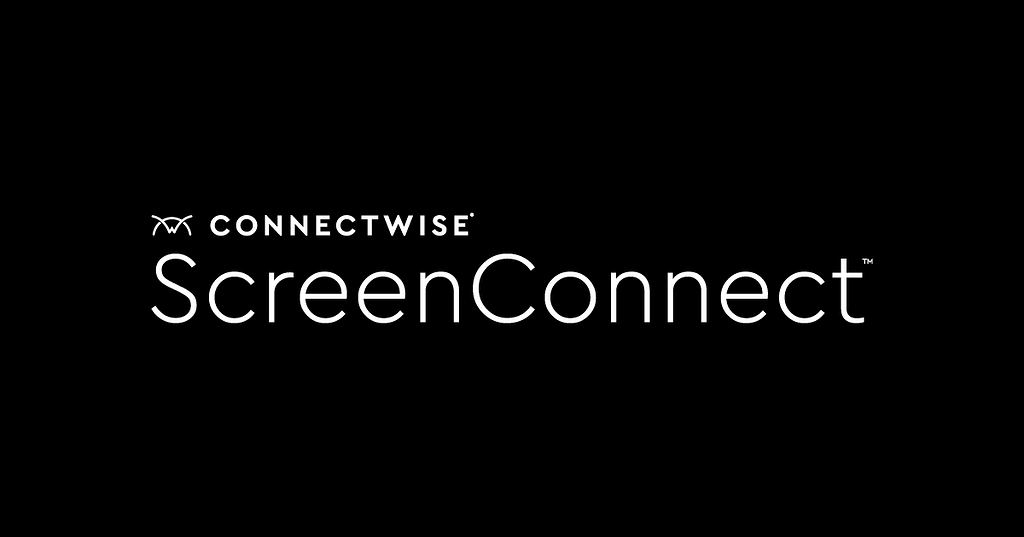The ConnectWise ScreenConnect, black screen issue is a common challenge faced by users of this powerful remote access tool. ConnectWise ScreenConnect, known for its reliability and versatility, enables IT professionals to access and troubleshoot systems remotely. Encountering a black screen during remote sessions disrupts productivity and complicates technical support processes.
This blog explores the causes of the black screen issue and provides practical solutions to resolve it, ensuring smoother remote sessions and improved user experience.
What is the ConnectWise ScreenConnect Black Screen Issue?
The black screen issue happens when a remote user cannot see the connected device’s screen during a remote session. A blank black screen replaces the expected desktop or application interface. This issue happens during remote troubleshooting, accessing unattended machines, or managing servers.
Causes of the Black Screen Issue in ScreenConnect
Display Driver Conflicts
Outdated or incompatible display drivers on the remote device interfere with screen-sharing functionality and cause a black screen during the session.
Disabled Display Output
Some devices automatically turn off display output when connected remotely for privacy or energy-saving purposes, leading to a black screen for the remote user.
Inactive User Sessions
The black screen can occur when the remote machine is logged out or in a sleep state, preventing ScreenConnect from rendering the desktop view correctly.
Graphics Acceleration Problems
Advanced graphics settings, such as hardware acceleration, conflict with remote desktop protocols and cause a black screen.
Security Settings and Permissions
Strict security policies or antivirus software on the host machine can block ScreenConnect’s ability to access or transmit display data, resulting in a blank screen.
Solutions to Fix ConnectWise ScreenConnect Black Screen
Update Display Drivers
Ensure the remote machine has up-to-date display drivers. Visit the manufacturer’s website to download and install the latest driver version to avoid compatibility issues.
Disable Hardware Acceleration
To minimize conflicts with ScreenConnect, turn off hardware acceleration in display settings or the graphics card control panel on the remote device.
Check User Sessions and Wake the Device
Verify that the remote device is logged in and active. Use Wake-on-LAN (WOL) to bring a sleeping device back online if necessary.
Adjust Security Settings
To ensure smooth communication, temporarily turn off antivirus software or add ScreenConnect to the list of allowed programs in the firewall settings.
Enable a Blank Host Screen Setting
Within the ConnectWise ScreenConnect application, enable the “blank host screen” feature to resolve conflicts between local and remote displays.
Restart Remote Sessions
If the black screen persists, end the current session and restart the remote connection. This simple step often resolves temporary glitches.
Preventing Future Black Screen Issues
Regular Software Updates
Keep the ConnectWise ScreenConnect client and host machines updated to the latest versions to minimize bugs and compatibility problems.
Optimize Remote Device Settings
Configure the remote machine to prevent sleep mode or automatic logout during remote sessions to ensure uninterrupted access.
Test Configurations Before Critical Sessions
Conduct a quick test session to ensure the display and network settings are correctly configured, especially before handling critical tasks.
Use Reliable Internet Connections
Ensure a stable internet connection for both the host and remote devices to reduce the risk of disruptions during sessions.
Why the Black Screen Issue Matters
For IT professionals, the ConnectWise ScreenConnect black screen problem can delay troubleshooting efforts and impact client satisfaction. Understanding its causes and applying targeted solutions enhances the effectiveness of remote support services.
Internal and External Links for Additional Resources
- Learn more about ConnectWise ScreenConnect features on the official website.
- Visit our homepage for more insights into troubleshooting remote access issues and optimizing IT tools.
Conclusion
The ConnectWise ScreenConnect black screen issue, is a solvable problem that stems from various technical factors, including display settings, user sessions, and security configurations. By addressing these causes and implementing preventive measures, users can ensure smooth remote access sessions and improved productivity. Regular maintenance, driver updates, and proactive testing are essential to avoid disruptions and deliver seamless remote IT support.







Leave feedback about this